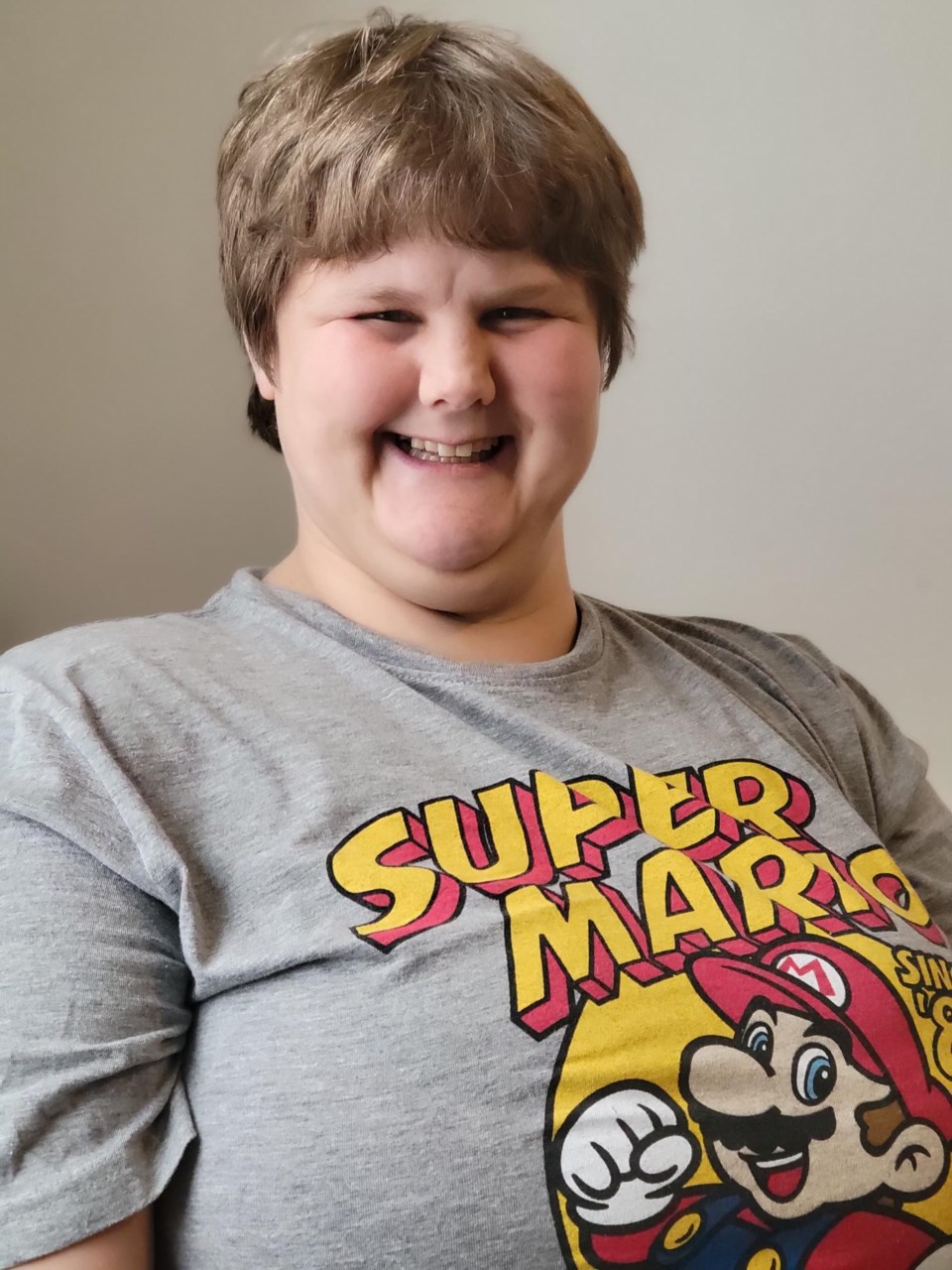NEWS RELEASE
DEAFBLIND ONTARIO SERVICES
*************************
On World Hearing Day – March 3 – Sara encourages people to learn more about her first language, American Sign Language (ASL).
ASL is a language of its own and has its own grammar and syntax. It also uses body language and facial expressions to help people understand what a person who is Deaf is saying.
Born profoundly Deaf, Sara is one of over 1.3 million or 5 per cent of Canadians aged 15 and over who have a hearing disability. In Ontario, 563,350 or 4.19 per cent of people aged 15 and over have hearing disabilities, according to the Canadian Survey on Disability (2017).
Although ASL is Sara’s first language, she does write and understand English. However, for someone who uses sign language, reading material or captioning in English is not the same as receiving it in their first language. They may miss critical information and must adapt to access information.
“People who are Deaf or hard of hearing do not always have equal access to information or day-to-day news. They may not receive the same information at the same time as everyone else, or they may receive the information in a language that is not their first. This exacerbates gaps in communication and results in inequitable access to information, a basic human right,” said Andrea Pringle, director of growth and operations at DeafBlind Ontario Services.
Sara encourages people to learn the ASL alphabet, which she believes is an easy way to support individuals who are Deaf or hard of hearing.
Sara receives support from DeafBlind Ontario Services, a leader in the field with supported living homes and customized community services in remote communities and urban centres across the province.
“Thirty-five per cent of Canadians with a hearing disability also have a seeing disability. We support individuals who are Deaf, hard of hearing, non-verbal and deafblind. Our approach is person-centred and customized, based on the communication style for each person and their level of understanding,” said Tracey Veldhuis, director of community services at DeafBlind Ontario Services.
“We believe that everyone has the right to decide their own future, to make their own decisions, and to have all information given to them in their preferred mode of communication,” added Pringle.
“World Hearing Day is held on March 3 each year to raise awareness on how to prevent hearing loss and promote ear and hearing care across the world. We also encourage people to learn about the more than 300 different sign languages used around the world, in order for more equitable access to communication,” said Veldhuis.
DeafBlind Ontario Services provides an array of services to people who are Deaf, hard of hearing, non-verbal and deafblind that are customized to each individual’s unique needs, method of communication, and goals to enrich their life. This World Hearing Day, learn more at deafblindontario.com.
*************************



